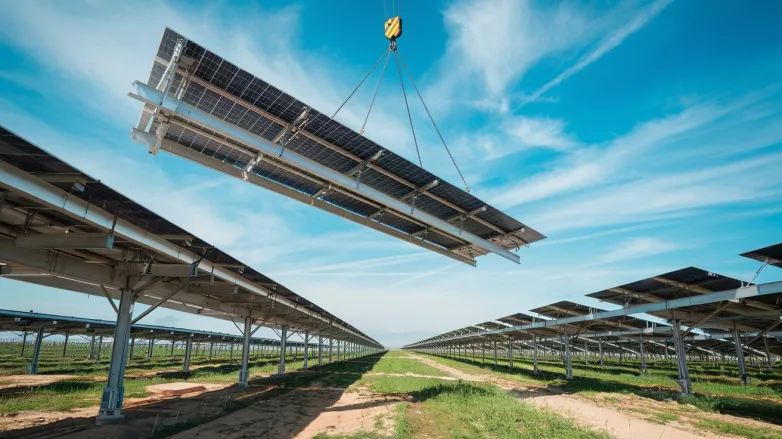New York Grants Final Permit for 125-MW Solar Project
- New York pioneers clean energy with Somerset Solar Park—transforming industrial land into a vibrant 125-MW solar project, powering 25,000 homes and creating over 200 jobs!

New York state regulators have granted a final siting permit for a 125-MW solar project in Niagara County, marking a significant milestone as it is the first renewable energy facility to be approved on repurposed industrial land. The project, spearheaded by AES Corp, will be built on a site that once housed a coal-fired power station and includes parts of a landfill.
The Somerset Solar park is projected to generate enough electricity to power 25,000 homes annually and will help reduce carbon dioxide emissions by over 177,000 tonnes. Construction is expected to take 18 months and create more than 200 jobs. This project is the 19th large-scale renewable energy initiative approved by the Office of Renewable Energy Siting since 2021.
What are the environmental and economic impacts of New York's new solar project?
Environmental and Economic Impacts of New York's Solar Project
Environmental Impacts:
- Reduction in Greenhouse Gas Emissions: By generating renewable energy, the project is expected to significantly lower carbon dioxide emissions, contributing to climate change mitigation efforts.
- Land Reclamation: Utilizing repurposed industrial land helps to restore ecosystems and mitigate habitat destruction typically associated with new developments on greenfields.
- Biodiversity Benefits: Solar installations on previously disturbed lands may improve conditions for local fauna by providing fewer disturbances compared to the former industrial activities.
- Water Usage and Pollution: Solar power generation typically requires minimal water, reducing the strain on local water resources and minimizing the risk of pollution associated with conventional energy generation methods.
- Solar Panel Recycling Initiatives: The project may bolster the recycling industry for solar panels, promoting sustainable practices and reducing landfill waste at the end of the panels' lifecycle.
Economic Impacts:
- Job Creation: The construction phase is set to create over 200 jobs, stimulating the local economy and providing opportunities for workforce development in renewable energy industries.
- Long-Term Employment Opportunities: Once operational, the solar project may offer permanent job roles in maintenance, monitoring, and administration.
- Local Business Support: The influx of workers and contractors during the construction phase can enhance revenues for local businesses, including restaurants, hotels, and retail shops.
- Increased Tax Revenue: Local governments can benefit from increased tax revenues from the solar facility, which can be reinvested into community services and infrastructure improvements.
- Energy Cost Stability: By diversifying energy sources and increasing the share of renewables, the project can contribute to stabilizing or potentially lowering energy costs for consumers over the long term.
- Encouragement of Further Investment: The success of this project could lead to increased interest from investors in similar renewable energy initiatives, fostering growth in the sector and attracting more businesses focused on sustainability.
These combined environmental and economic impacts reinforce New York's commitment to transitioning towards a cleaner energy future while also providing significant local benefits.
Also read

